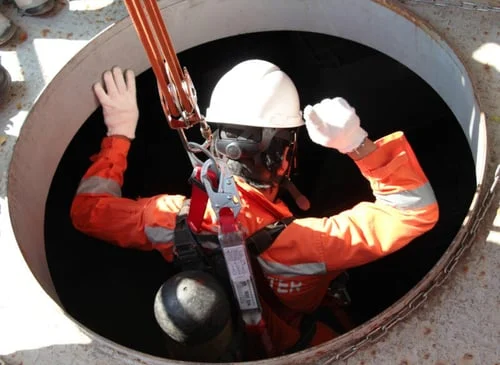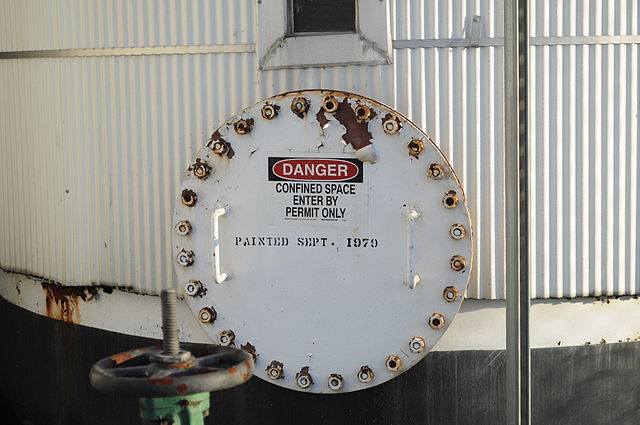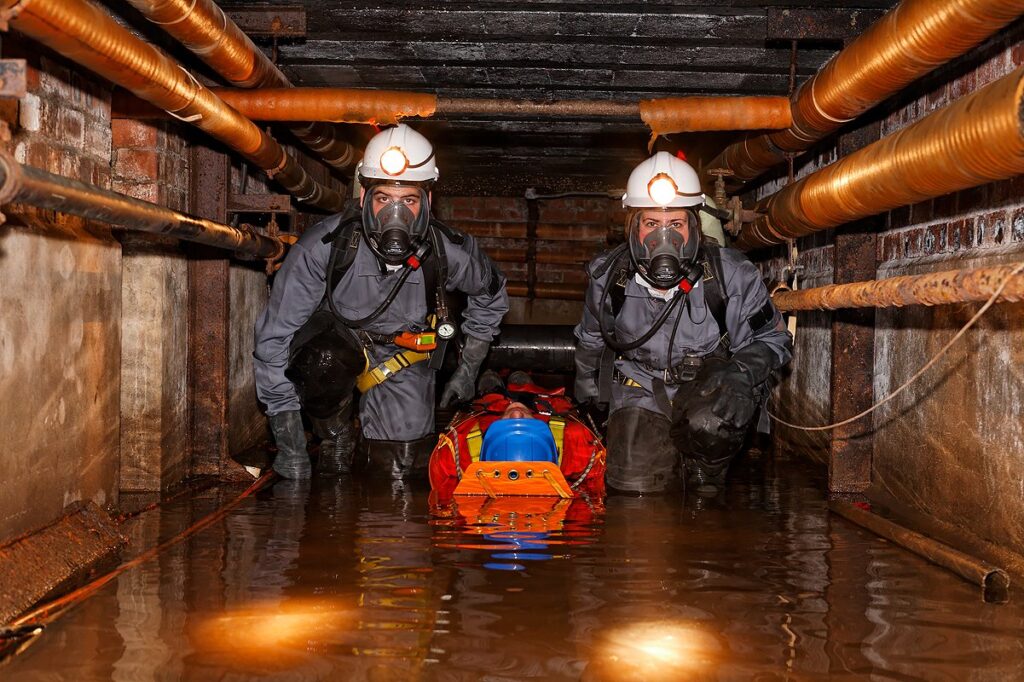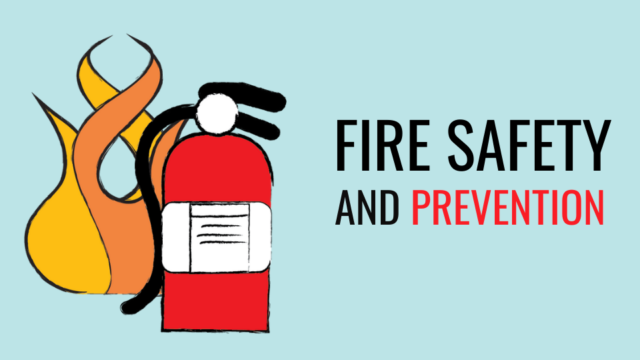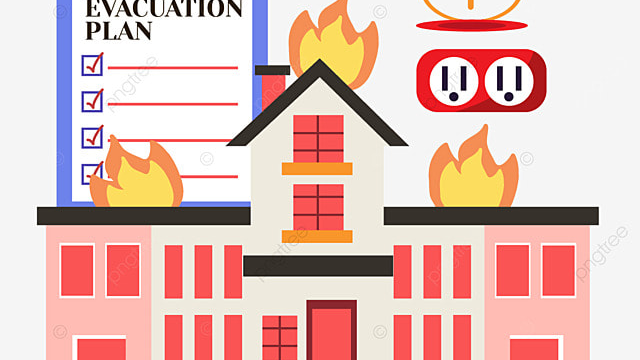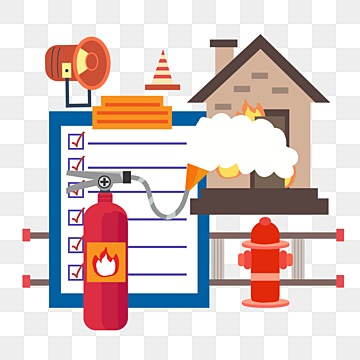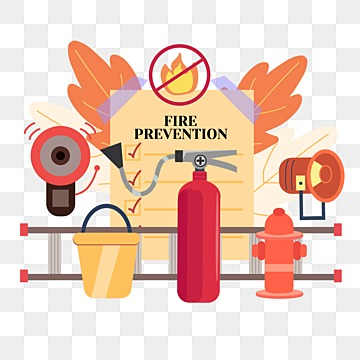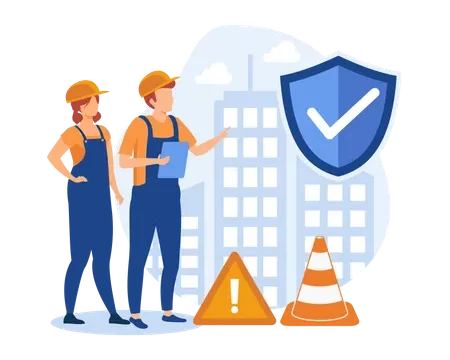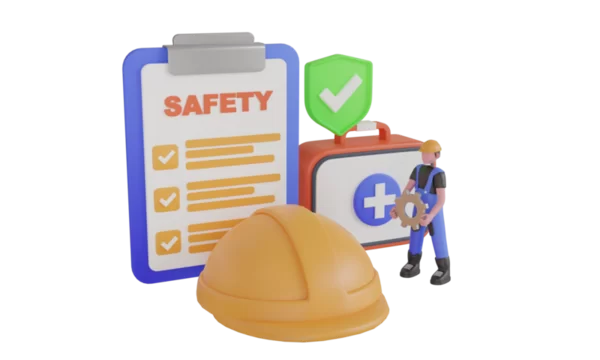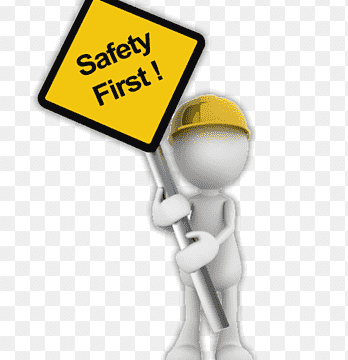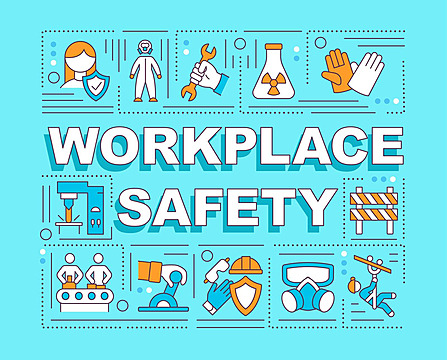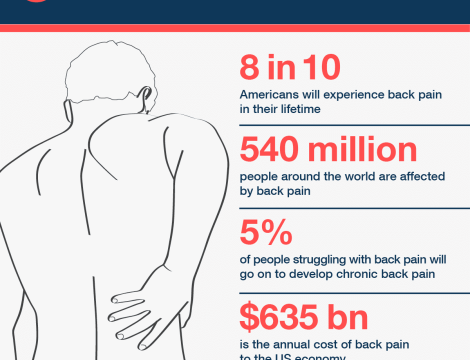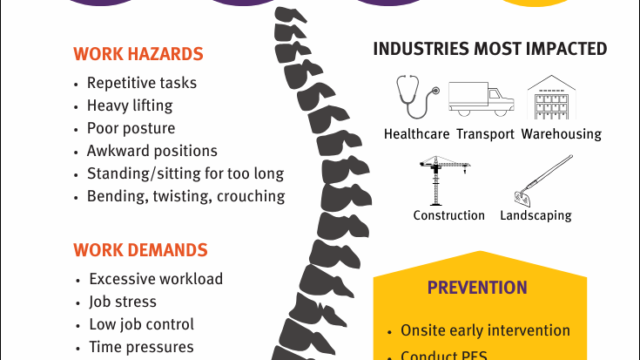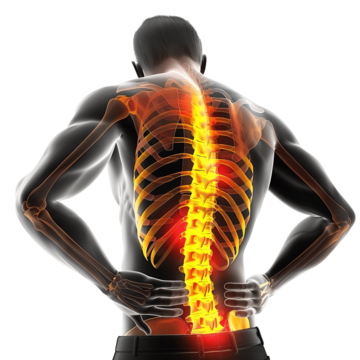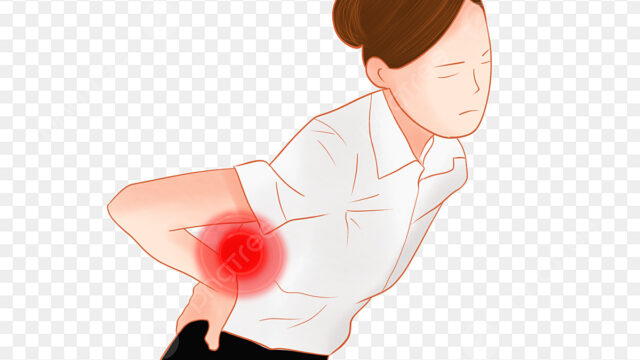Popular
Confined Space
Description
Course Outline
Module 1: Introduction to Confined Spaces
- Definition of confined spaces
- Examples of confined spaces across industries
- Legal and regulatory requirements (e.g., OSHA, ISO standards)
- Risks associated with confined spaces
Module 2: Hazards in Confined Spaces
- Atmospheric hazards (toxic gases, oxygen deficiency, flammable atmospheres)
- Physical hazards (limited entry/exit, engulfment, temperature extremes)
- Biological hazards (bacteria, molds, etc.)
- Human factors (fatigue, stress)
Module 3: Risk Assessment and Hazard Identification
- Conducting a confined space risk assessment
- Hazard control hierarchy (elimination, substitution, engineering, administrative controls, PPE)
- Identifying permit-required confined spaces
Module 4: Roles and Responsibilities
- Employer, supervisor, and worker responsibilities
- Entry supervisor, attendant, and entrant roles
- Team coordination and communication
Module 5: Permit-to-Work Systems
- Purpose and components of a confined space entry permit
- How to complete and review a permit
- Importance of record-keeping
Module 6: Monitoring and Testing
- Atmospheric testing equipment (gas detectors)
- Monitoring techniques
- Frequency and timing of testing
Module 7: Emergency Procedures and Rescue
- Developing and practicing emergency response plans
- Non-entry vs. entry rescue
- Equipment for rescue operations
- First aid and CPR for confined space incidents
Module 8: Practical Training
- Inspecting and using PPE (harnesses, respirators, etc.)
- Demonstrating safe entry and exit techniques
- Simulated rescue scenarios
Module 9: Course Review and Assessment
- Summarizing key concepts
- Written and practical assessments
- Feedback and Q&A session
Course Objectives
- Equip participants with the knowledge and skills required to safely work in or around confined spaces.
- Ensure compliance with legal and regulatory requirements for confined space entry.
- Identify and mitigate hazards associated with confined spaces.
- Prepare participants to respond effectively to emergencies in confined spaces.
Learning Outcomes
By the end of the course, participants will be able to:
- Define and identify confined spaces in their work environment.
- Recognize common hazards associated with confined spaces and implement appropriate control measures.
- Demonstrate the correct use of PPE and gas monitoring equipment.
- Apply safe work practices and follow the permit-to-work system for confined space entry.
- Develop and participate in emergency rescue procedures effectively.
Methodology
- Lectures and Presentations:
- Use of slides, videos, and visual aids to explain theoretical concepts.
- Interactive Discussions:
- Group discussions to analyze real-life case studies.
- Hands-on Practice:
- Practical exercises with PPE, gas detectors, and other equipment.
- Simulated confined space entry and rescue scenarios.
- Quizzes and Assessments:
- Periodic quizzes to reinforce learning.
- Written and practical assessments to evaluate participant competence.
- Demonstrations:
- Live demonstrations of equipment usage and rescue techniques.
- Feedback and Coaching:
- One-on-one or group feedback on performance during practical exercises.
- Guidance to address knowledge gaps or improve skills.
Location
Review
Write a ReviewThere are no reviews yet.

